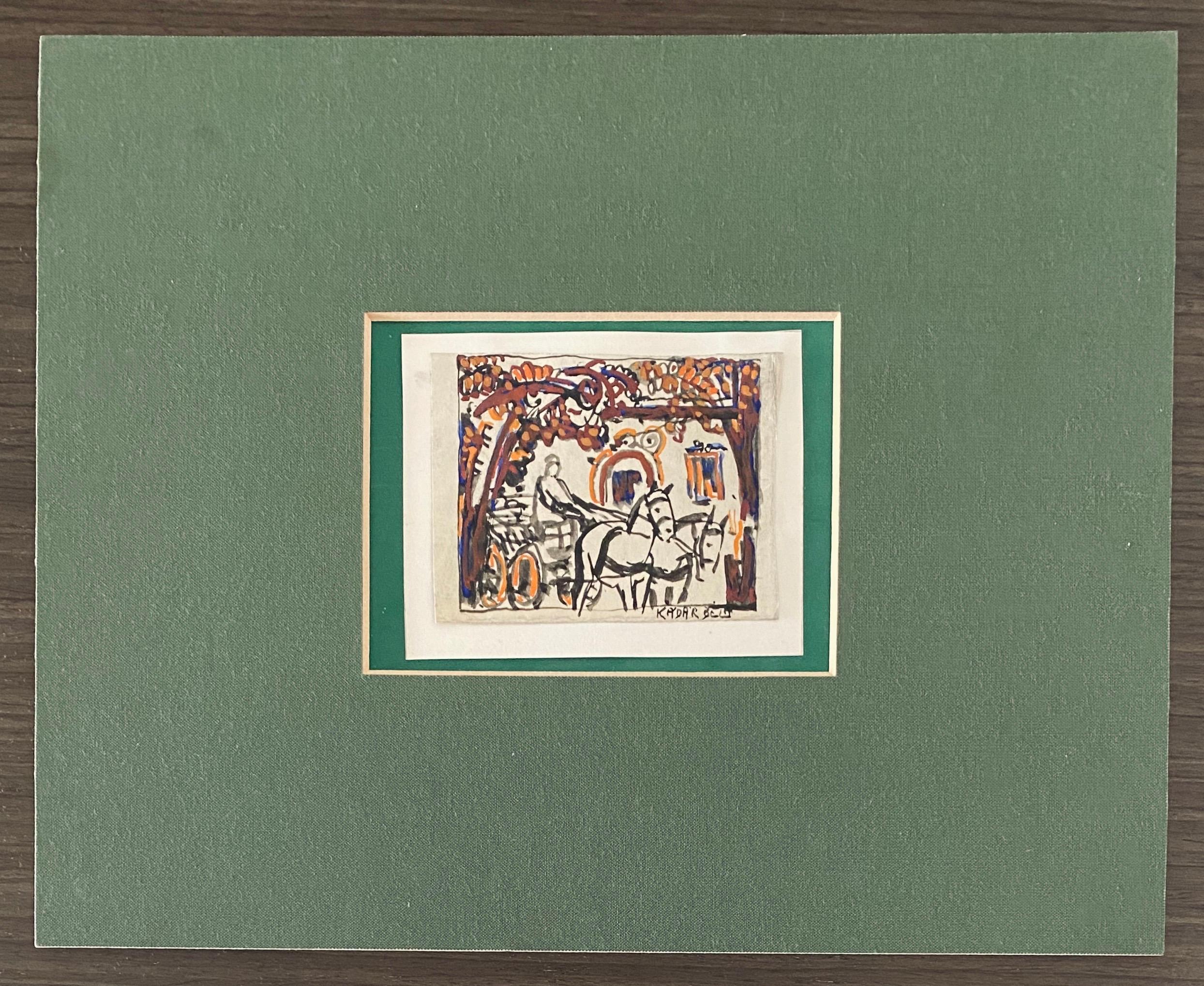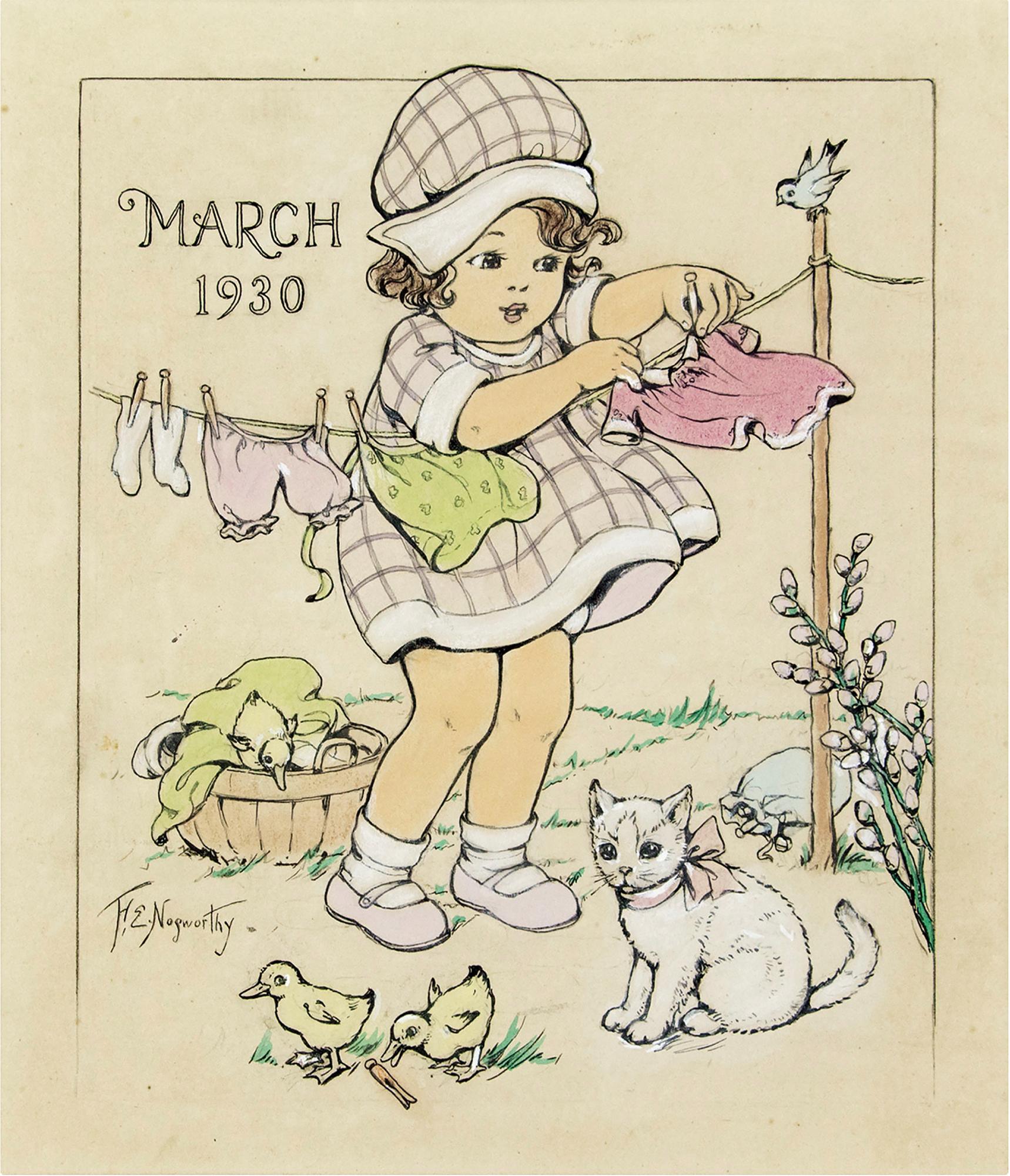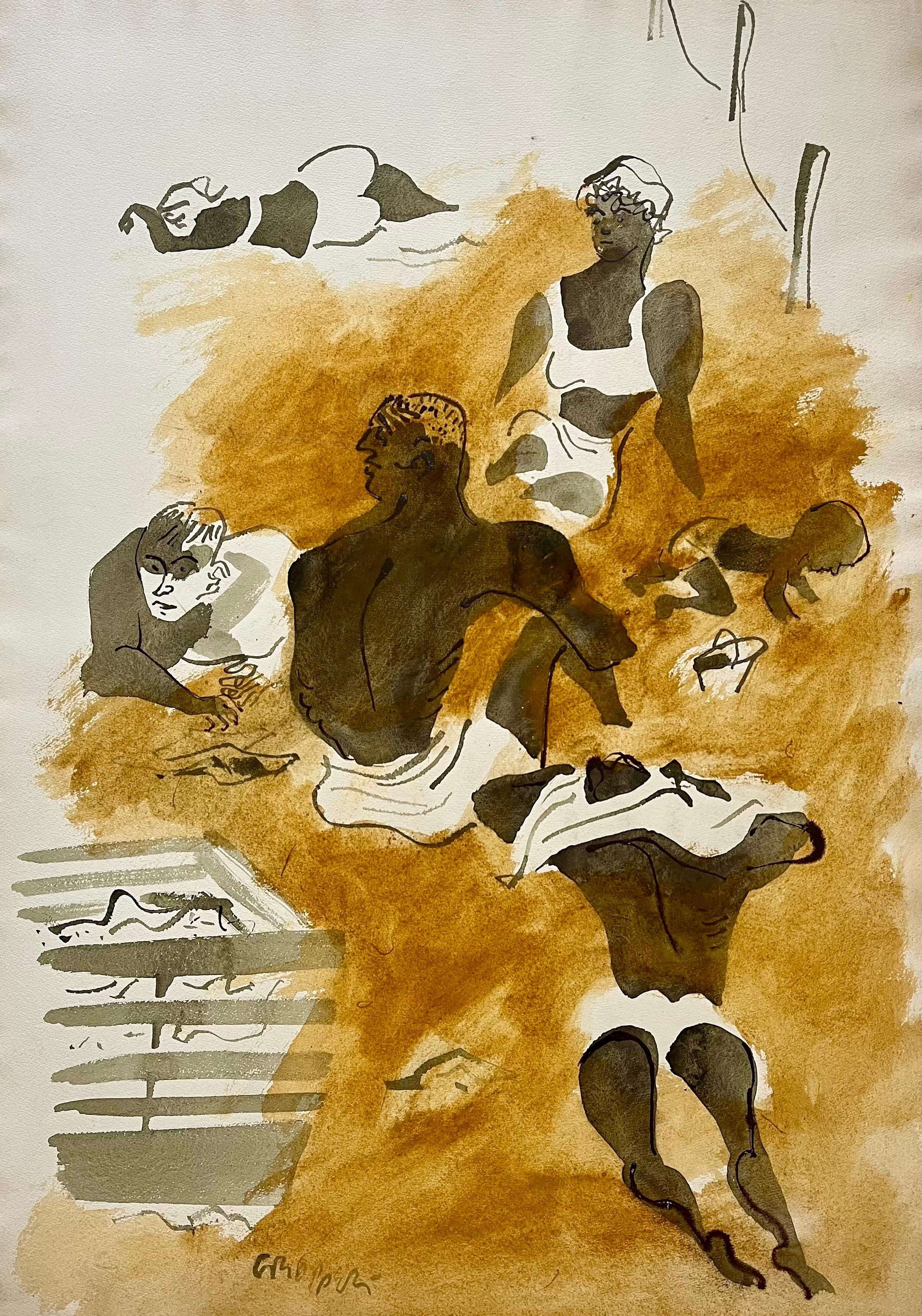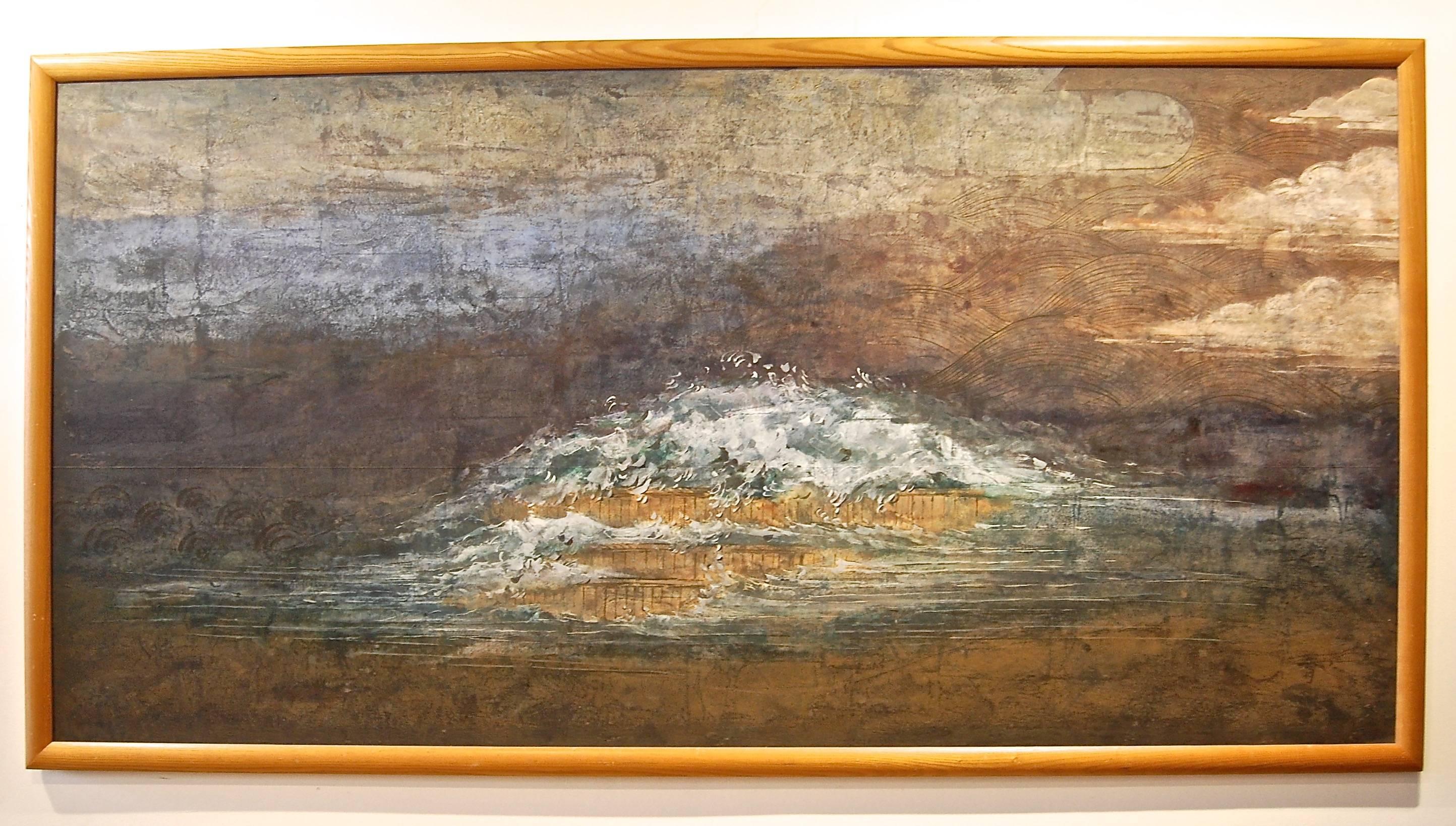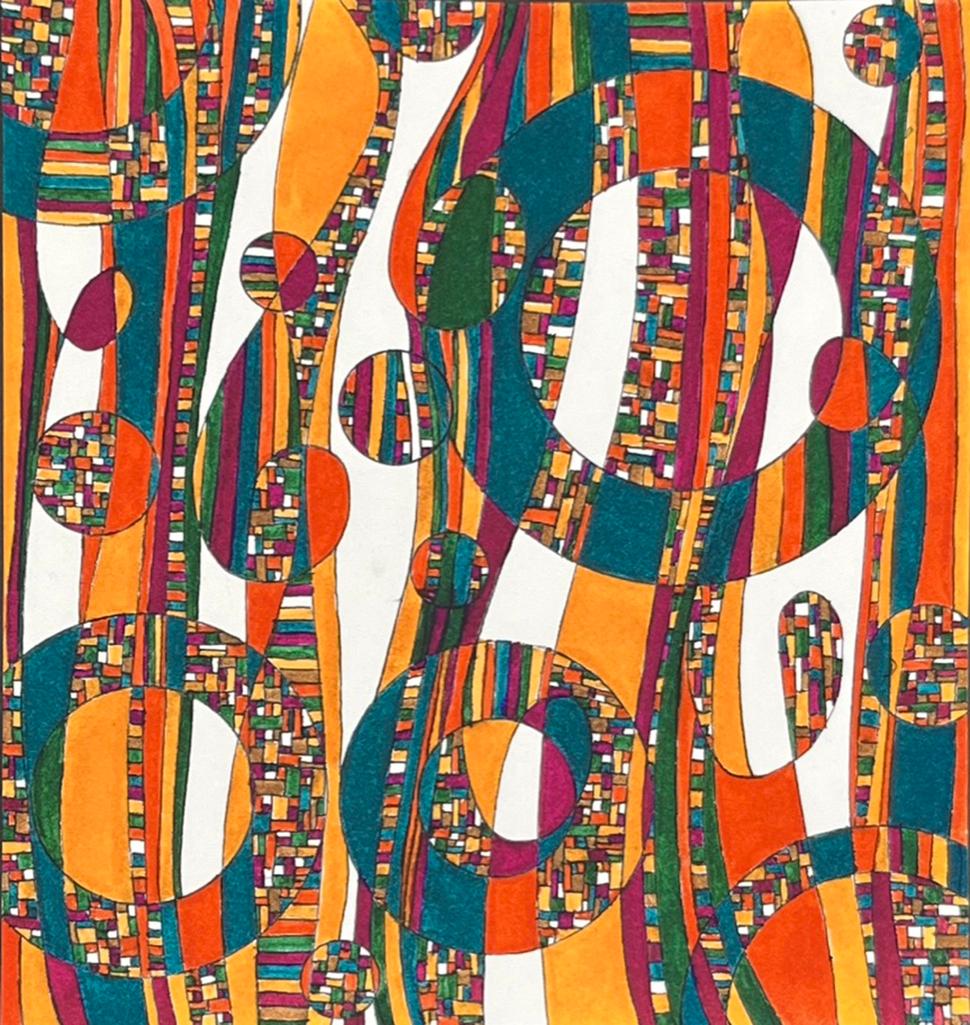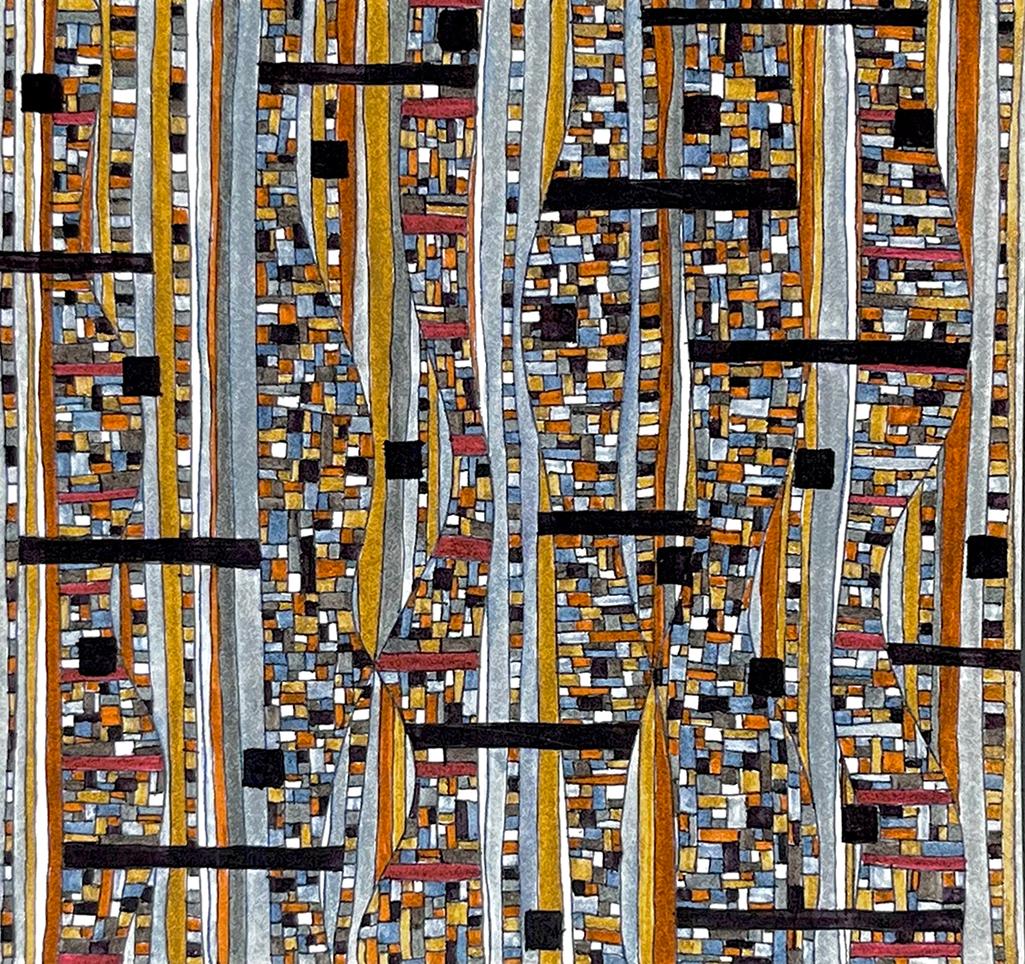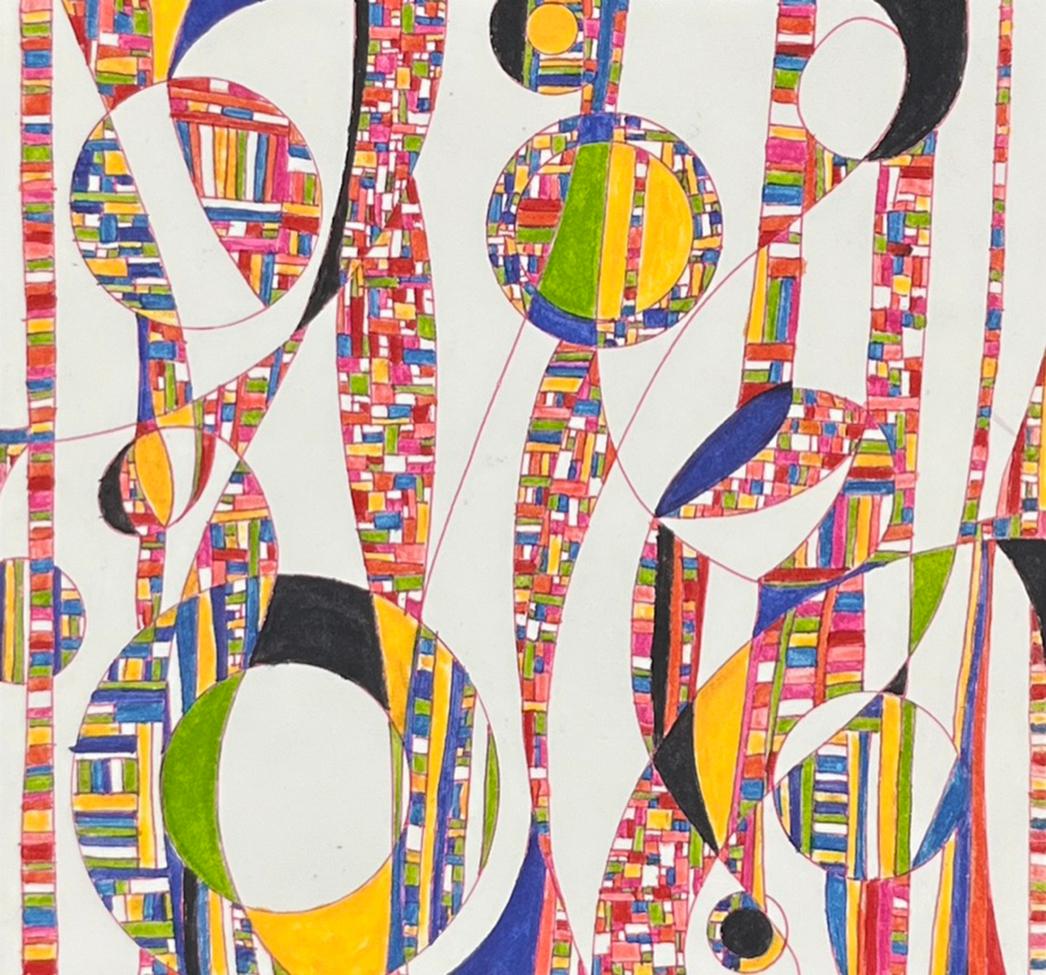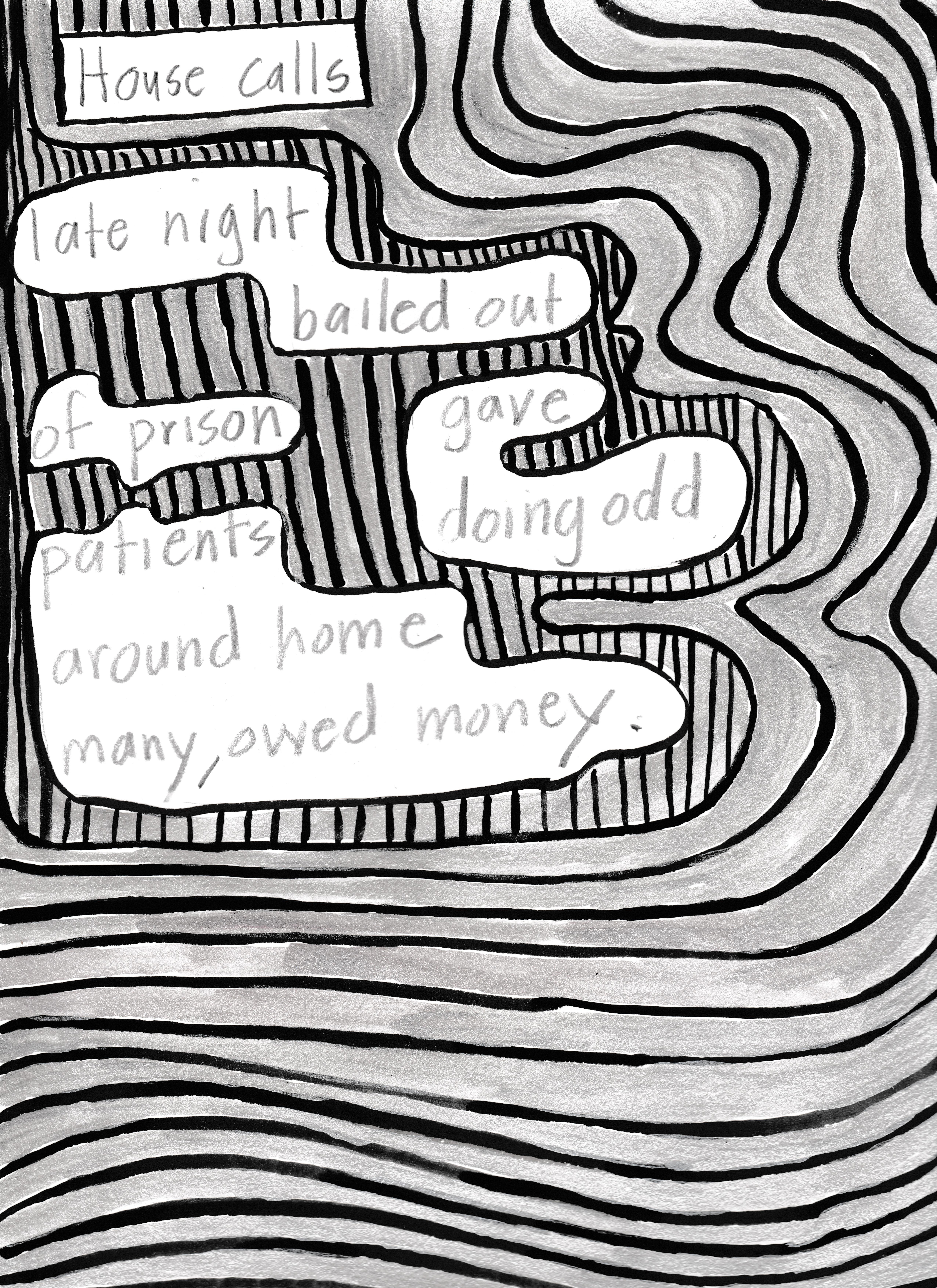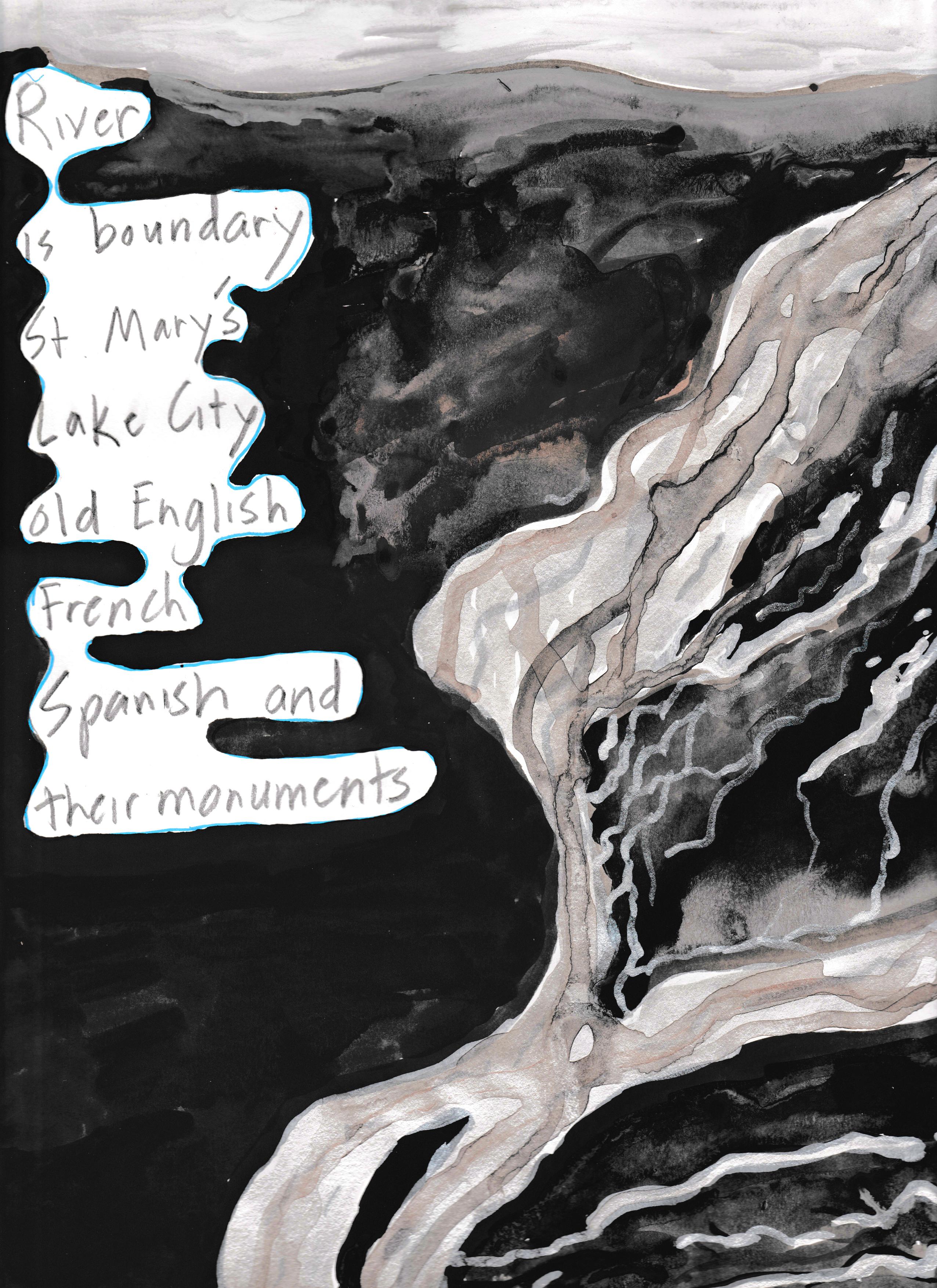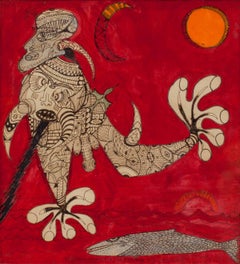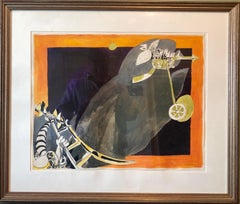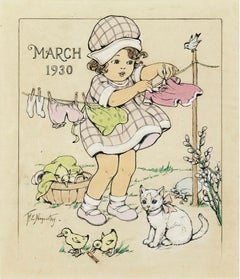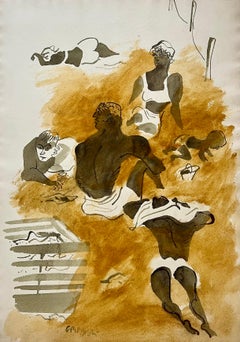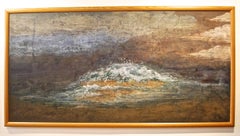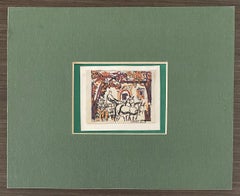
Hungarian Artist Modern Mixed Media Horse and Buggy Bela Kadar
View Similar Items
Bela KadarHungarian Artist Modern Mixed Media Horse and Buggy Bela Kadar
About the Item
- Creator:Bela Kadar (1877 - 1955, Hungarian)
- Dimensions:Height: 9.5 in (24.13 cm)Width: 12 in (30.48 cm)
- Medium:
- Movement & Style:
- Period:
- Condition:Please see Photos.
- Gallery Location:Surfside, FL
- Reference Number:1stDibs: LU3826455882
Bela Kadar
Béla Kádár was a Hungarian painter influenced by Der Blaue Reiter, Cubism, Futurism, Neo-Primitivism, Constructivism and Metaphysical painting. Born in Budapest on June 14, 1877, Kádár became a distinctive modernist painter whose career spanned several decades. Kádár began his studies in 1896 and for this, he traveled to Paris and Munich. He attended the Academy of Fine Arts in Budapest and won the Kohner prize in 1910. Kádár's early works, which he began exhibiting in 1918, showed the influence of the Secessionists and Post-impressionists. In 1923, he exhibited with his friend Hugó Scheiber in Berlin at Walden’s Sturm Gallery and 57 of his works were shown. Der Sturm was one of the most important avant-garde galleries in Europe and Kádár continued to exhibit there for several years. Kádár traveled to the United States and stayed for a year. He exhibited with the Société Anonyme at the Brooklyn Museum. In 1929, he returned to Budapest to exhibit his works in his home country. Kádár was personal friends with Chagall, Picasso, Kandinsky and Kokoschka. Like his contemporaries, his style evolved through the decades of the 20th century. His subjects range from Hungarian legends, metaphysical, portraits and fanciful decorative themes. Kádár's place in the history of Modern Art has been assured by the publication of two books on his life and works. Kádár died on January 22, 1956, in Budapest.
More From This Seller
View All20th Century Modern Mixed Media
Ink, Gouache
20th Century Modern Figurative Paintings
India Ink, Watercolor, Gouache
1970s Modern Abstract Paintings
Ink, Watercolor, Gouache
1960s Modern Mixed Media
Paper, Watercolor, Gouache
1930s American Modern Landscape Paintings
Oil, Board, Gouache
1930s American Modern Nude Paintings
Gouache, Board
You May Also Like
1930s American Modern Portrait Paintings
Pastel, Archival Ink, Gouache, Graphite, Paper
1940s American Modern Figurative Drawings and Watercolors
Paper, Ink, Watercolor, Gouache
1960s Modern Mixed Media
Ink, Gouache, Board
2010s Abstract Geometric Mixed Media
Archival Ink, Watercolor, Gouache, Archival Paper, Pencil, Color Pencil
2010s Abstract Geometric Mixed Media
Archival Ink, Watercolor, Gouache, Archival Paper, Pencil, Color Pencil
2010s Abstract Geometric Mixed Media
Archival Ink, Watercolor, Gouache, Archival Paper, Pencil, Color Pencil
